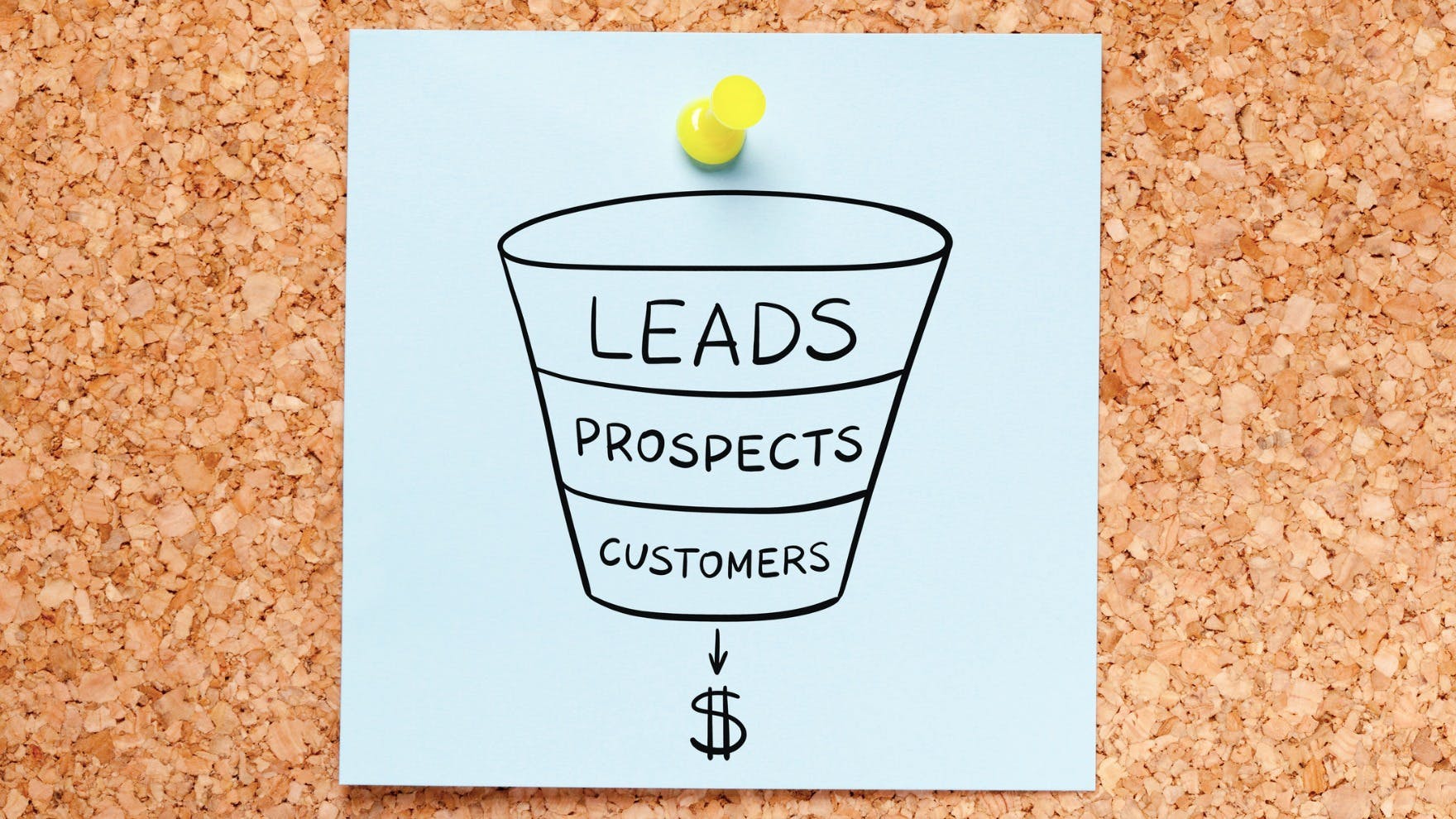Lead Qualification Playbook for 2022
Lead qualification — the process of determining how good of a fit a particular lead is for your product or service — is one of the most important steps in the sales process.
Without a comprehensive and methodical lead qualification process, sales reps risk wasting time trying to sell to unqualified leads. They may also lose good-fit prospects in the meantime who don’t get the right attention early enough in the process.
There are many ways to qualify leads. In this article, we’ll go over some of the options for the process, as well as exactly why it’s so crucial for an optimized sales funnel.
Here’s what we’ll cover:
- What Is Lead Qualification?
- Why Is Lead Qualification Important?
- How Do You Classify Qualified Leads?
- How Does the Lead Qualification Process Work?
- Bant, Lead Scoring, and Other Lead Qualification Frameworks
What Is Lead Qualification?
Lead qualification is the process of evaluating which leads are most likely to ultimately purchase your product or service.
Best-fit leads are first identified by demographics like company size, revenue, and maturity, which are outlined in the ideal customer profile (ICP). 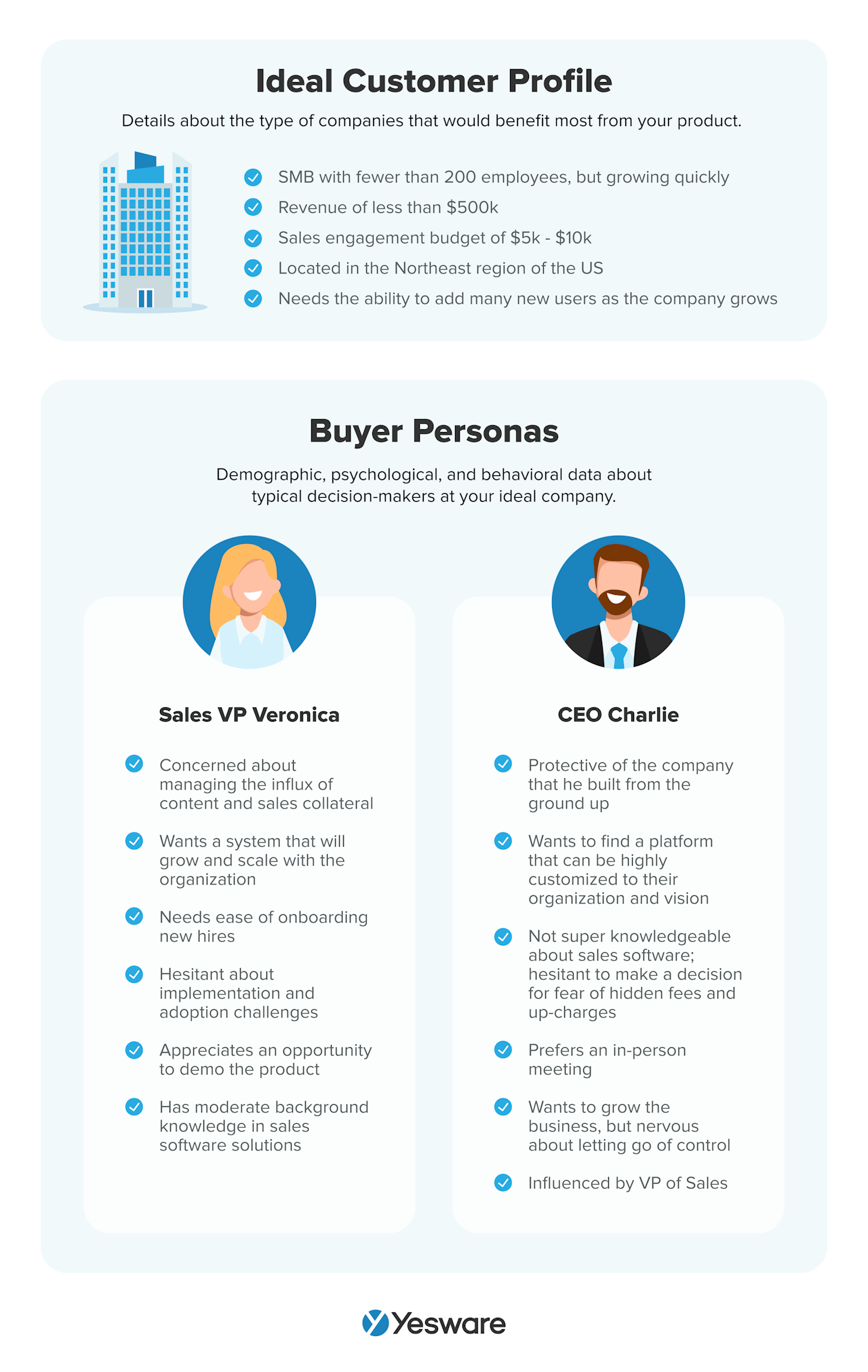 Leads are then further qualified by behavioral data — how much and how positively they interact with your marketing materials, for example — and through discovery questions via cold calls or emails.
Leads are then further qualified by behavioral data — how much and how positively they interact with your marketing materials, for example — and through discovery questions via cold calls or emails.
Why Is Lead Qualification Important?
Lead qualification helps B2B sales professionals prioritize leads and determine which are most worth their time and effort in the sales cycle.
Research shows that 67% of lost sales fall through because they were not properly qualified (or, more accurately, disqualified) early enough in the process.
This is a clear indication that many sales reps are spending too much time and energy pulling poor-fit leads through the funnel when their efforts could be better spent elsewhere.
Most sales reps know this. In fact, salespeople consistently report that their biggest challenge in lead generation is the quality of leads coming into the pipeline.
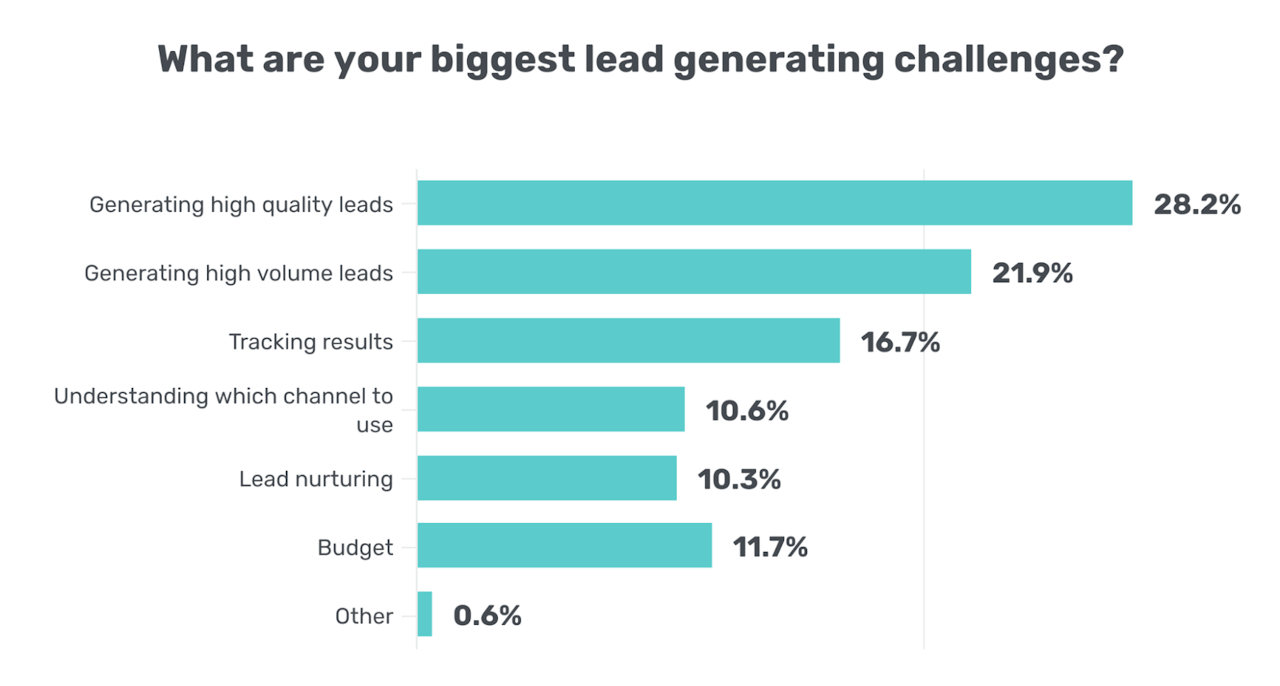
This is why it’s so critical that reps learn how to properly qualify leads early on in the process. The earlier you can qualify leads, the more efficient (and profitable) your sales funnel will ultimately become.
In addition to an improved sales funnel and bottom line, a fine-tuned lead qualification process provides a number of other tangible benefits.
Saves Time
When your lead qualification process runs smoothly, sales reps are only talking to the leads that are most likely to turn into successful, long-term customers. With sales reps only finding about 36% of their time for selling activities, weeding out the bad leads early goes a long way.
Provides Better Value to Potential Customers
In addition to sifting the bad leads out, thorough lead qualification also allows sales reps to provide personalized value to good-fit leads throughout the rest of the sales funnel.
As reps ask discovery and probing questions to qualify them, leads share insights into their pain points and needs that reps can capitalize on later in the sales process.
Improves Close Rates
Ultimately, the math is simple — the higher the rate of bad-fit leads funneled out early, the higher the rate of good-fit leads receiving the nurture they need to move through the funnel. A rigorous and timely lead qualification process helps boost stage-by-stage conversion and close rates.
As your sales team refines their qualification practice, you’ll start to see better conversion rates and longer-term customers.
How Do You Classify Qualified Leads?
Although one of the intentions of lead qualification is to eliminate poor fits, the process also helps reps prioritize and rank good-fit leads.
In other words, some leads — even good-fit ones — are readier for a sales conversation than others. Some will need further nurturing before they’re ready to be approached by a salesperson.
Lead qualification sorts these leads into two general groups: marketing qualified leads (MQLs) and sales qualified leads (SQLs).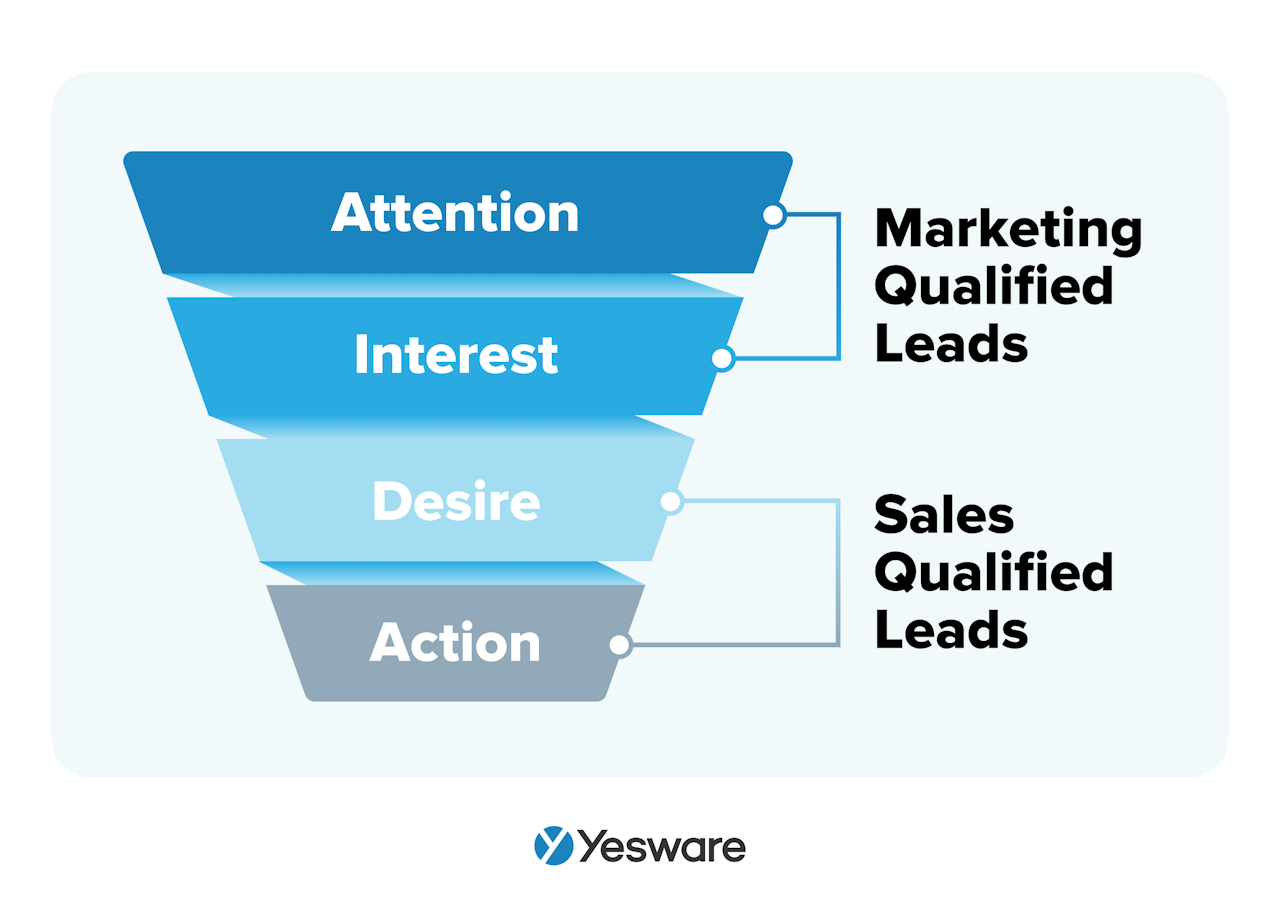 A marketing qualified lead lives closer to the top of the funnel. They have shown some interest in your product by taking a non-committal action like downloading an e-book or attending a webinar. These are leads who are likely ready to receive further nurturing and follow-up through low-stakes content like email campaigns, targeted blog posts, and how-to videos.
A marketing qualified lead lives closer to the top of the funnel. They have shown some interest in your product by taking a non-committal action like downloading an e-book or attending a webinar. These are leads who are likely ready to receive further nurturing and follow-up through low-stakes content like email campaigns, targeted blog posts, and how-to videos.
The intent with MQLs is to “warm them up” until they become sales qualified.
A sales qualified lead is one who is ready to begin the sales process by speaking directly with a sales rep. They are likely ready for higher-stakes interactions like product demos, free trials, or an estimate or quote. These leads are highly likely to buy and deserve high attention and prioritization.
How Does the Lead Qualification Process Work?
The lead qualification process will be unique to your team’s workflow, roles, and overall business goals. In general, though, most sales teams follow the same general process.
First, sales managers and teams should spend time analyzing their most successful customers. Successful customers are ones who bring in consistent revenue and/or have been clients for a long time. Although they’re likely to each be unique, they will undoubtedly have a handful of common characteristics.
Once you’ve identified the traits common to your most successful accounts, you can use them as a guide to create your Ideal Customer Profile. This will act as your North Star in the lead qualification process.
Marketing and sales teams can then use behavioral data to determine how engaged a lead truly is. You might track how often they open your emails and attachments, for example, or how long they spend on your different web pages.
Once you’ve determined whether the demographic data and behavioral cues indicate a good fit, you can then move on to qualifying questions. Sometimes called discovery questions, these are designed to identify more information about how interested the prospect really is.
Tip: Check out our free guide below that discusses recent data findings on the number of stakeholders to get in contact with, closed-won vs. closed lost activities, the best formulas for reaching out to leads, and more.
 Sales Engagement Data Trends for Sales Managers to Know Going Into 2022Looking at hundreds of millions of tracked email activity over the past year, this ebook is filled with our top studies & findings to help your sales team accelerate results in 2022.
Sales Engagement Data Trends for Sales Managers to Know Going Into 2022Looking at hundreds of millions of tracked email activity over the past year, this ebook is filled with our top studies & findings to help your sales team accelerate results in 2022.
Discovery Questions
Discovery questions most often determine a few specific things about a lead:
- Budget: Do they have the funds to pay for your product or service?
- Authority: Are they the decision-maker? Or, are they able to connect you with someone in charge of the decision-making process?
- Need: Do they really need your product or service? Are their pain points in line with your solution?
- Timeline: How urgently do they need a solution? Are they motivated to buy in the near future?
This is generally referred to as the BANT framework, which is one way to qualify leads. We’ll go over this framework and others later in this article.
You can ask discovery and other qualifying questions on a cold call, over email, or during a sales presentation. Examples of qualifying questions include:
- What challenges are you having in your business? What specifically are you looking to solve?
- And what has gotten in the way of trying to solve this problem before now?
- What does your budget or funding look like?
- What’s your top priority in solving this problem?
- What will success look like for you once this problem is solved?
You’ll notice that all of these questions are open-ended; yes-or-no questions tend to stagnate conversations. Try to leave opportunities for your leads to elaborate where possible.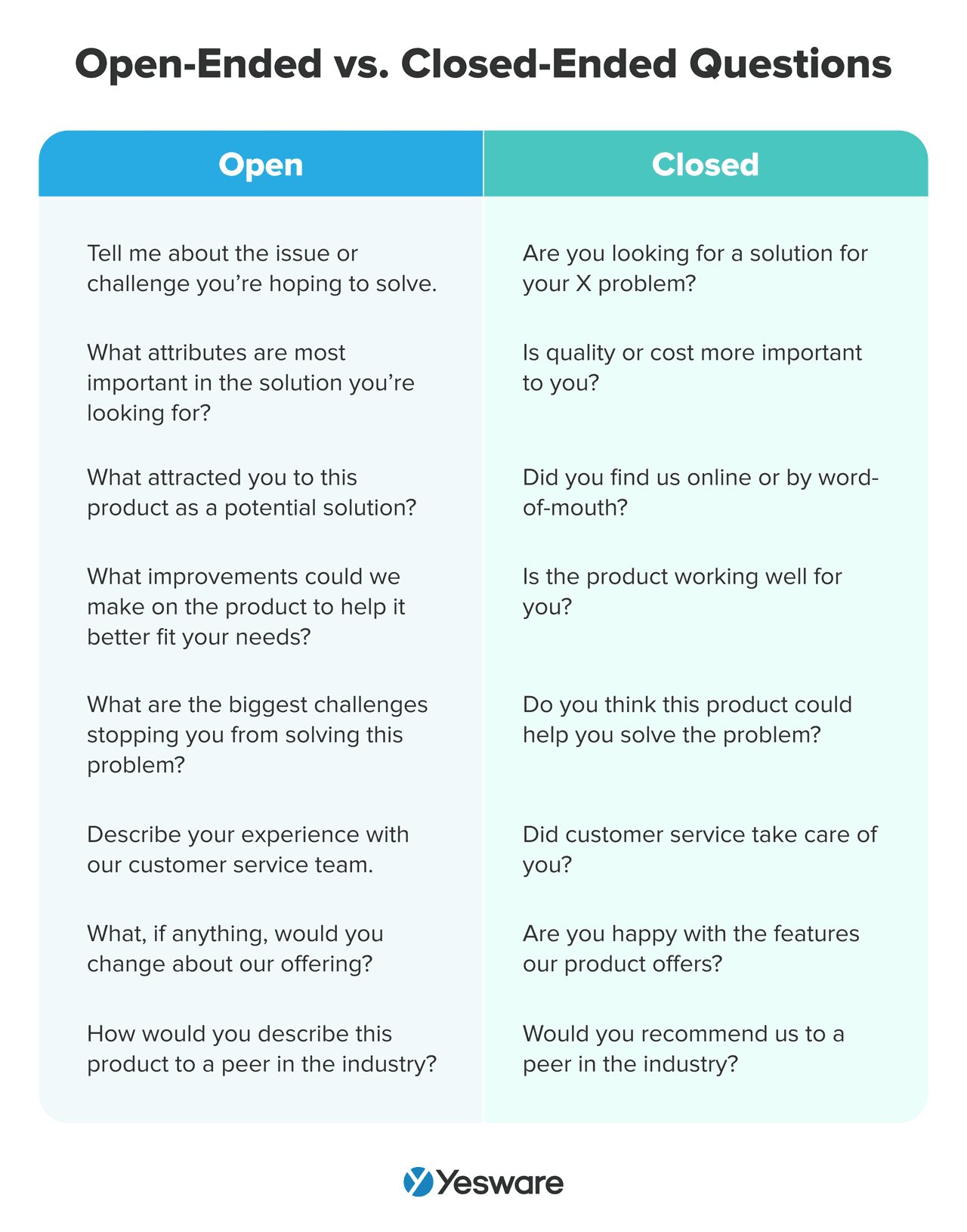
BANT, Lead Scoring, and Other Lead Qualification Frameworks
There are a number of lead qualification frameworks that will help sales reps frame their conversations and efficiently qualify leads.
You’ll notice that each of these frameworks are acronyms, with many different components. This is because buyers make decisions based on a combination of factors. No purchase is made based on pricing or timeline alone; all factors need to be considered holistically.
BANT
As outlined above, the BANT acronym stands for Budget, Authority, Need, Timeline. In this framework, salespeople work to understand these four aspects of a lead’s buying process.
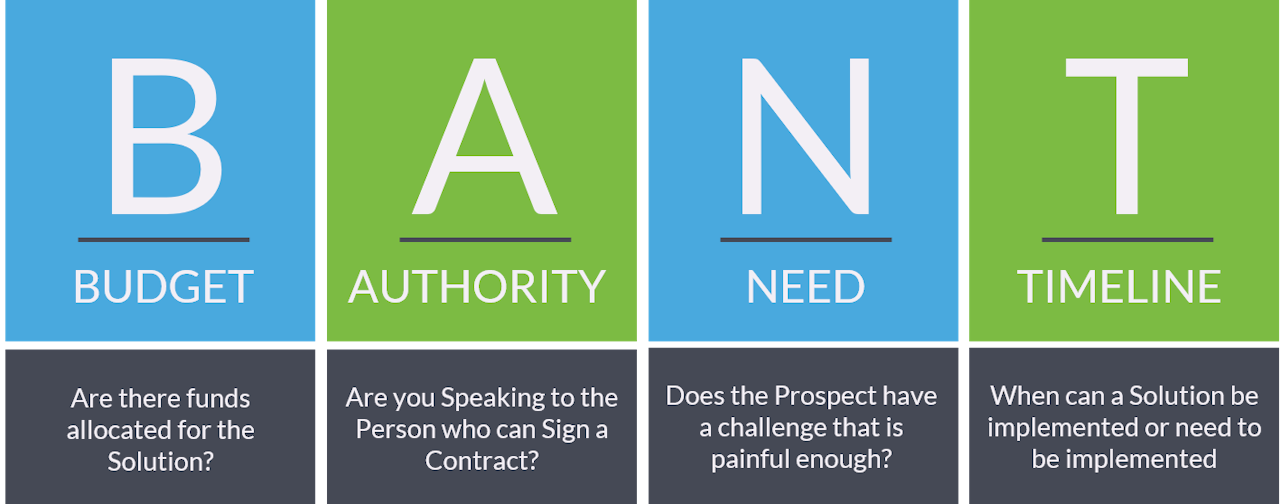
The top priorities in the BANT framework are budget and authority — BANT discourages reps from wasting time talking to leads who don’t have the money or authority to make purchasing decisions.
MEDDICC
MEDDICC stands for Metrics, Economic Buyer, Decision Criteria, Decision Process, Identify Pain, Champion, Competition.

The length of the acronym itself shows that this framework is a bit more involved than the previous two. MEDDICC requires sales reps to ask about and understand every component and consideration that goes into a company’s buying process.
The MEDDICC framework works well for companies that sell big-ticket products, or products that will significantly overhaul a company’s current method of operation. MEDDICC is also known to increase forecasting accuracy on the seller’s side.
CHAMP
CHAMP stands for Challenges, Authority, Money, Prioritization.
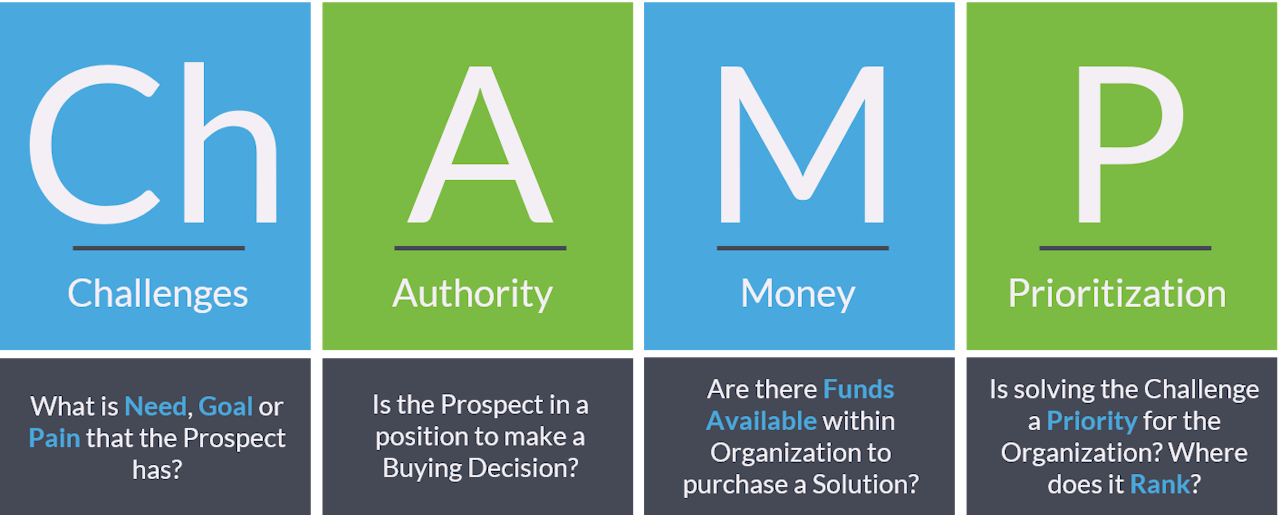
Those using the CHAMP framework should keep in mind that the “Authority” piece offers some wiggle room. If you learn through conversation that you’re not presently talking to a decision-maker, ask the lead how to connect you to one.
ANUM
ANUM stands for Authority, Need, Urgency, Money.
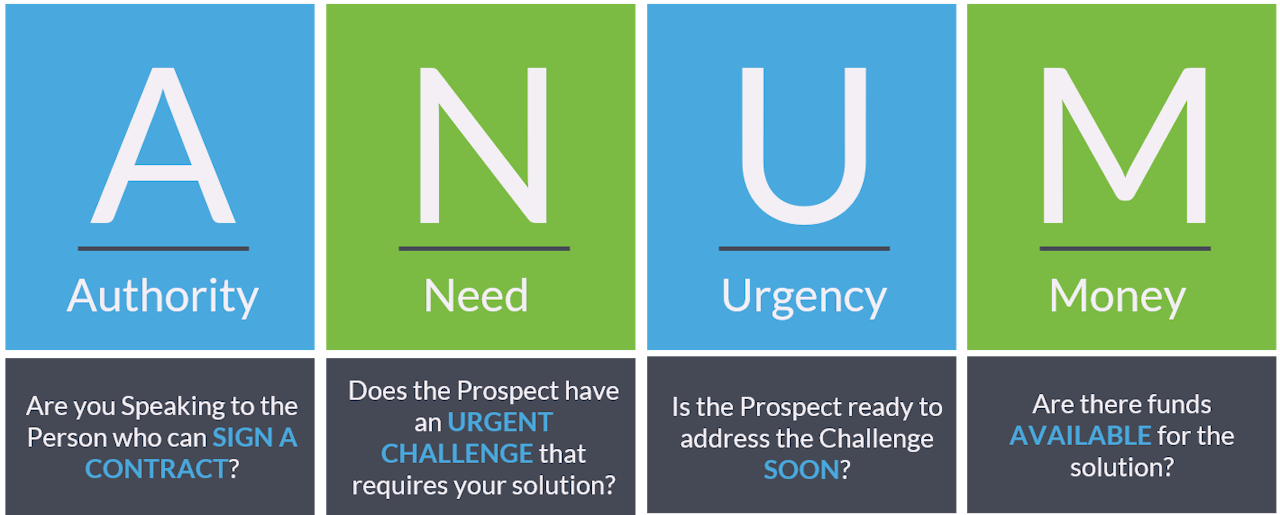
This framework is similar to BANT, but it reprioritizes the four components.
The ANUM framework heavily emphasizes authority. This isn’t a bad strategy — research shows that most buying decisions require input from 6.8 people, so it’s a good idea to ensure you’re speaking with one of them from the get-go.
FAINT
FAINT stands for Funds, Authority, Interest, Need, Timing.

This framework intentionally uses the word “funds” and not “budget”; this accounts for the fact that many purchases are somewhat unplanned. Companies may not necessarily have a budget, but can they find the funds?
GPCTBA/C&I
The most involved acronym on the list, GPCTBA/C&I was developed by Hubspot and is just about as comprehensive as a lead qualification framework can get.
The acronym stands for Goals, Plans, Challenges, Timeline, Budget, Authority/Negative Consequences & Positive Implications. Hubspot developed this new framework in response to changes in buyer behavior.
Knowing that buyers come to the table more informed than ever before, Hubspot’s framework allows sales reps to explore a lead’s scenario beyond the scope of the immediate problem they’re hoping to solve. The framework allows the sales rep to add value through the qualification process, rather than simply learn about the lead.
Lead Scoring
Lead scoring is an approach to lead qualification that scores each lead’s demographic components, behavioral attributes, and sales components (i.e., whether they’ve already had any sales conversations or meetings).
Companies can weigh these attributes depending on what’s most significant to them in terms of the likelihood to buy. The lead score ends up being a numerical representation of how likely a lead is to buy, and therefore how high up the priority list they should rank. 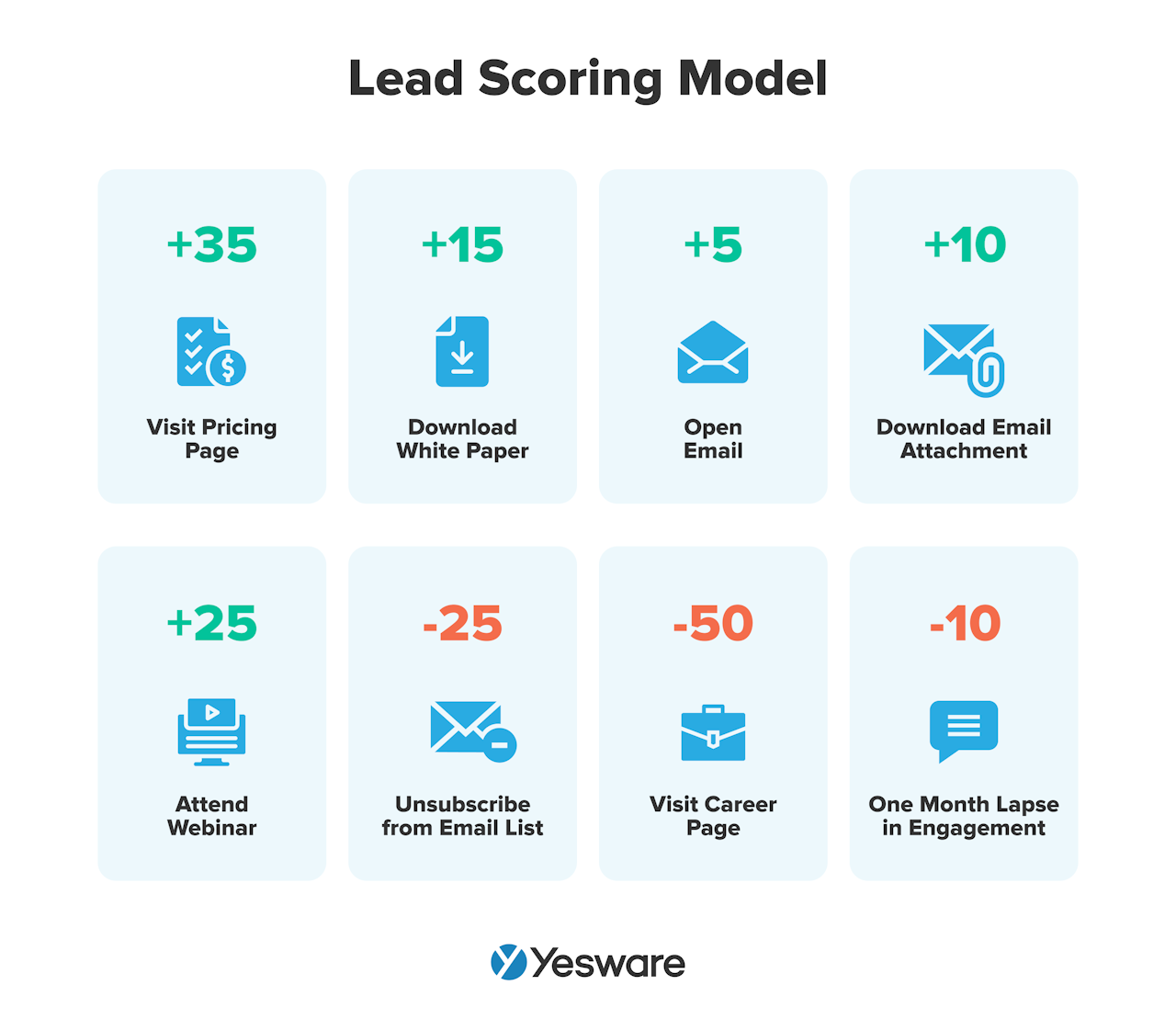 Many companies like the lead scoring approach because it brings some automation to an otherwise subjective process. In general, the more a lead engages with your company’s website, social media, content, and sales and marketing teams, the higher they will score.
Many companies like the lead scoring approach because it brings some automation to an otherwise subjective process. In general, the more a lead engages with your company’s website, social media, content, and sales and marketing teams, the higher they will score.
Lead qualification is one of the most important moving pieces of the sales funnel puzzle. But it’s one that’s often overlooked or treated as “just another box to check.” The more you can refine this process, the more profitable your sales pipeline will become.
Get sales tips and strategies delivered straight to your inbox.
Yesware will help you generate more sales right from your inbox. Try our Outlook add-on or Gmail Chrome extension for free, forever!
Related Articles
Casey O'Connor
Melissa Williams
Anya Vitko
Sales, deal management, and communication tips for your inbox
